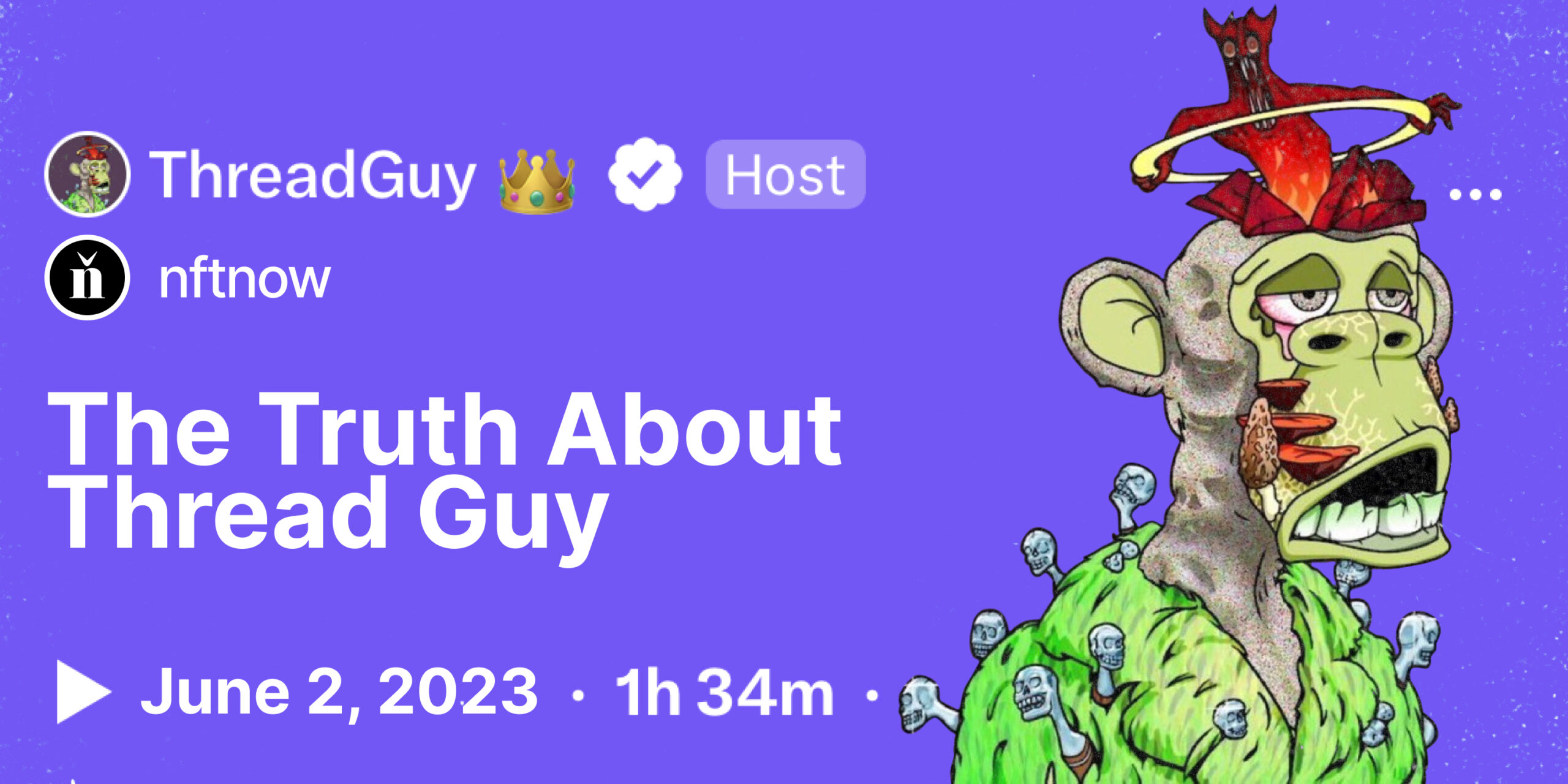The most widely used token standard for NFTs is Ethereum with the ERC-721 standard giving rise to NFTs

DUBLIN, 15 September 2022 /PRNewswire/ — The “Global Non-Fungible Token Market Size, Share and Industry Trend Analysis Report by Type, by End-Use, by Application, by Regional Outlook and Forecast, 2022 – 2028” the report has been added ResearchAndMarkets.com’s Offering.
The size of the global non-fungible token market is expected to reach 97.6 billion dollars by 2028, with a market growth of 31.6% CAGR during the forecast period.
Non-fungible tokens (NFT) are blockchain-based cryptographic assets with unique metadata and identification codes that distinguish them from each other. They cannot be bought or exchanged for face value, unlike cryptocurrencies. This is in contrast to fungible tokens, such as bitcoins, which are all the same and can therefore be used as a medium of exchange.
Each NFT’s unique construction allows for a variety of applications. They are a great approach to digital representation of actual things, such as real estate and art. NFTs can also be used to eliminate middlemen, as well as connect artists to audiences or for identity management as they are based on blockchains. NFTs can eliminate intermediaries, streamline transactions and open up new markets.
NFTs, like Bitcoin, include ownership information to facilitate identification as well as transfer between token holders. In NFTs, owners can additionally add metadata or aspects related to the asset. For example, Fairtrade tokens can be used to represent coffee beans. Artists can also sign their digital artwork in the metadata with their own signature.
The ERC-721 standard gave rise to NFTs. ERC-721 defines the basic interface, such as ownership details, security and metadata, required for the distribution and exchange of gaming tokens. The ERC-1155 standard extends this notion by lowering the transaction and storage costs of non-fungible tokens and combining multiple varieties of non-fungible tokens into an individual contract.
For example, Decentraland, an Ethereum-based virtual reality platform, has already implemented this idea. It may become possible to deploy the same concept of tokenized pieces of land (varying according to value and location) in the physical world as NFTs become more complex and incorporated into the financial infrastructure.
The most widely used token standard for NFTs is Ethereum. To construct NFTs, the ERC-1155 and ERC-721 token specifications are often used. Blockchains, such as Flow, EOS, and Tezos, in addition to Ethereum, provide token specifications for constructing NFTs.
In addition, Ethereum’s imminent transition from proof-of-work to proof-of-stake is predicted to significantly reduce the blockchain’s energy consumption. As a result, the use of Ethereum tokens for NFTs is projected to increase globally.
Market Growth Factors:
Generation of economic outlook
For a very long time, the main focus of NFT experts has been on their essential properties. In modern times, NFTs have a wide range of applications in digital content. The primary reason for the viability of NFTs in digital content is the diversity of the industry.
Content creators are often concerned that rival platforms are destroying their income and earning potential. For example, a digital artist who publishes content on social media can monetize the site by selling ads to the artist’s audience. Even if the artist gets proper exposure, it does not help the artist to earn money in exchange for platform benefits.
Allows building intellectual property with authenticity
The fundamental advantage of NFTs is that they allow people to own intellectual property. When intellectual property is included in a blockchain, it is easier to monitor ownership. It is also easy to ensure that the IP owner does not infringe other people’s IP. For example, a fashion designer can design a garment and then enter it into a blockchain smart contract.
The blockchain can then store the unique design as well as the designer’s ownership of it. The designer then has the opportunity to sell the design to a customer. The consumer will be able to use the blockchain to authenticate the design and verify that it has not been replicated.
Marketing limiting factor:
The threat of generating digital copies
While a blockchain’s integrity is unassailable, NFTs can also be used to spread fraud. There are various cases where several artists have reported finding their works for sale as NFTs on online marketplaces without their permission. This clearly goes against the purpose of using NFTs to facilitate the commercialization of paintings.
An NFT’s value proposition is that it uses a unique token to verify a physical artwork, ensuring that the token owner also owns the original artwork. If someone develops an electronic copy of the original work, attaches a token to it and sells it on a virtual marketplace, that is a serious concern.
Enter Outlook
Based on Type, the market is segmented into Digital Asset and Physical Asset.
In 2021, the digital asset segment acquired the largest revenue share of the non-fungible token market. The increasing growth in the segment is attributed to the increased use of NFTs by artists worldwide to secure ownership of their digital assets. Artists can benefit from their work by preserving the ownership of it through NFTs and not having to give it to other platforms for the promotion. At the same time, the increased use of NFTs to sell digital property in both the real and virtual world is likely to drive the market forward.
End use Outlook
Based on end use, the market is segmented into personal and commercial.
In 2021, the commercial segment recorded a significant revenue share of the non-fungible token market. The growing use of NFTs for business purposes, such as supply chain management and logistics innovation, is likely to drive the industry forward. Companies in the logistics industry are gradually incorporating blockchain technology into their operations, opening up new opportunities for the industry to expand.
Application Outlook
Based on application, the market is segmented into collectibles, art, games, sports, utilities, Metaverse, and others.
In 2021, the collectibles segment acquired the largest revenue share of the non-fungible token market. NFT coins that can be minted in NFT exchanges are known as crypto collectibles. The increased demand for crypto assets can be linked to advantages, such as asset independence and ease of use. For example, sports collectibles allow fans to interact directly with their heroes, gaming collectibles allow players to trade and play, and artist collectibles allow them to connect with potential customers and sell their work.
Regional outlook
In 2021, North America accounted for the largest revenue share of the non-fungible token market. Millennials in the region are increasingly adopting NFTs, fueling regional market growth. At the same time, the number of artists generating digital artworks is increasing in nations such as the United States and Canada will probably stimulate regional market growth. The presence of key players in the blockchain business in the region is also encouraging for the regional market.
Important market players
- Cloudflare, Inc.
- Gemini Trust Company, LLC
- Ozone Networks, Inc.
- Dapper Labs, Inc.
- Semidot Infotech
- The Sandbox (BACASABLE Global Limited)
Scope of the study
By type
- Digital asset
- Physical asset
At end use
Upon application
- Collectibles
- Art
- Gaming
- Sport
- Tool
- Metaverse
- Second
By geography
- North America
- US
- Canada
- Mexico
- The rest of North America
- Europe
- Germany
- Great Britain
- France
- Russia
- Spain
- Italy
- The rest of Europe
- Asia Pacific
- China
- Japan
- India
- South Korea
- Singapore
- Malaysia
- The rest of Asia Pacific
- LAMEA
- Brazil
- Argentina
- UAE
- Saudi Arabia
- South Africa
- Nigeria
- The rest of LAMEA
For more information on this report visit
Media contact
Research and markets
Laura Woodsenior manager
[email protected]
For EST office hours Call +1-917-300-0470
For US/CAN toll free call +1-800-526-8630
For GMT office hours call +353-1-416-8900
US Fax: 646-607-1904
Fax (outside the US): +353-1-481-1716
Logo:
SOURCE Research and markets


























